Strategic Objectives
Objective I
Elevate academic excellence and reputation through student-centred, collaborative, experiential and integrative approaches to learning in preparation for 21st century careers.
Transformational education that integrates the liberal arts and professional study into careers of the 21st century will lead to successful outcomes for graduates, while building the academic profile and reputation of the University. Academic excellence will be defined by the University’s core strengths in programs and graduate outcomes (value), as well as the quality of students and learning environment. Building from a core of experiential learning within liberal arts and professional studies, actions include revising General Education (deeply integrating mission with the liberal arts), advancing strategies to intentionally increase graduation rates (profile indicators), elevating priority programs that have distinctive value and scale in the marketplace – resulting in increased retention and graduation rates, improved graduate outcomes, and the ability to differentiate tuition across the university.
Objective II
Cultivate a culture that fosters excellence in all of our experiences, including development of the campus, support services, and technologies.
It is the deep engagement across the university experience, lifelong connections made between students, staff and faculty, and advancements to campus facilities that foster excellence in the experience of students and ultimately builds retention. The integration of this culture will require deep and sustainable interdependencies across the university community. We will seamlessly integrate learning and development of students through mentoring, advising and providing support when needed. Expanding engaged experiences on campus and connecting to professional networks for students provides new opportunities to connect with over 34,000 alumni around the world. The investment in facilities and support for technology must focus on the student experience and foster a culture that ‘puts students first’. A focus on the importance of engaging students in campus life and the co-curricular learning experience will lead to significant investments in housing, the Kiernan Center and the library. These actions also align with findings from the brand marketing study, resource prioritization report, and capital campaign feasibility study.
Objective III
Enhance a diverse, inclusive, values-based learning environment designed to graduate global citizens and promote civil discourse.
Our graduates are entering a world that has never been more volatile, ambiguous, and complex. Niagara’s graduates must be prepared for a changing global landscape. Niagara’s Catholic and Vincentian heritage calls for us to cultivate a diverse and international environment, which focuses on campus climate, research and curriculum that build partnerships, opportunities for enrolment and exchange, and strength in preparing global leaders. Actions include a university focus on excellence across race, equality and mission; full implementation of the Brennan Center for Language, Culture and Leadership; and extension of our footprint in strategic international regions as a pathway for Vincentian universities.
Objective IV
Expand Niagara University as the premier bi-national university within the Province of Ontario, Canada through mission-based academic programs, improved branding, and the establishment of an Ontario NU campus.
Niagara’s legacy in graduating students who live and work in the Province of Ontario formally dates back to 1984, with the first Consent of the Ministry. As the only bi-national University in this region with authority to operate in Ontario, Niagara alumni in the province are seen at all professional levels of leadership and across professions. As aligned with the recommendations of the Business Model Task Force, Niagara is positioned to regain its market in the province of Ontario and build upon the success of Niagara University in Ontario. These actions include expansion of Ministerial Consent to offer more programs in and around the greater Toronto area, reset of tuition for (2+2 and 2+3?) partnership programs with Canadian institutions, and strategic recruitment of undergraduate students for programs offered on our main campus.
Objective V
Diversify revenue generation and strengthen fiscal sustainability.
The commitment to affordability as an independent University aligns with the landscape of concern for costs and value in high education. Fiscal responsibility and efficiencies, as identified in the prioritization report, are complemented by the need to diversify revenue through partnerships that generate revenue and provide opportunities for innovation that builds non-tuition streams (including grants and advancement), and establishes brand affinity in new markets. Actions include movement to self-sustainability among centres of the university, implementation of recommendations in the UBB prioritization report, seeking funding for endowed faculty positions and research (also builds reputation) and establishing competitive areas of programming (price differentiation).
A Vision For Niagara University in Ontario
Vision Commitments
Academic excellence founded in interdisciplinary approaches to learning; capitalizing on our strong tradition in liberal arts education and high quality, accredited professional programs.
Social justice, a campus dedicated to diversity and awareness of the local and global environment, and educating students as citizens of the world.
Mission-driven transformative leadership, fostering economic and social development with the community and its strategic partners.
A culture of care for the whole person, and an organization strengthened by innovation and shared governance.
An open campus environment through the use of cutting-edge technology, and improvements to facilities and outdoor spaces.
Membership of the University Planning and Resource Council
- Rhonda Bivins-Talley, Director, Levesque Institute
- Youngsoo Choi, Associate Professor, Hospitality and Tourism Management
- Debra Colley, Executive Vice President
- Maggie Coyne, College of Nursing
- Kathryn DeCecco, Interim VP International Relations and Brennan Center
- Terri Filips-Vaughan, Professor, Theatre
- Dennis Garland, Professor, Education
- Lei Han, Associate Professor, Accounting
- Laura Holthouse, Nursing
- Timothy Ireland, Provost and Vice President, Academic Affairs
- Antonia Knight, Dean of Academic Services
- Christopher Lee, Associate Professor, Political Science
- Rev. James J. Maher, C.M., President
- Robert Morreale, Chief Financial and Innovation Officer
- Emily Pelose, Human Resources
- Steve Petersen, Professor, Philosophy
- Ann Rensel, Professor, Management
- Michael Salvatori, Interim VP Ontario Administration
- David Schoen, Director, Libraries
- Christopher R. Sheffield, Assistant Vice President, Institutional Effectiveness & Student Affairs
- Vennessa Walker, Executive Director, Institutional Effectiveness
Introduction and Strategic Planning Process
Past, Present, and Future
For more than 160 years, Niagara University has been inspired by the enduring truths of its heritage, shaped by the values of St. Vincent de Paul and St. Louise de Marillac to enact a proud mission to educate students and enrich their lives through programs and career preparation, informed by the Catholic and Vincentian traditions. Niagara University has sought to instill a passion for knowledge and inquiry through an experiential education that provides an integrated approach to quality teaching, meaningful interdisciplinary research, academic service learning, internships, and co-curricular learning experiences.
Since 2011, Niagara University has implemented one strategic and one operational plan that focused on its commitment to core strengths: 1) excellence in teaching and student engagement within and beyond the classroom, 2) excellence in producing graduates that succeed and a make a difference, 3) excellence in engaging the whole institution in our community mission and making a difference in the community, and 4) education that is excellent, affordable, personalized, and based on Catholic and Vincentian values. While remaining faithful to these core strengths, prior plans have also responded to a realistic assessment of challenges in the higher education landscape by focusing on the diversification of programs and populations. Examples of programmatic diversification include the expansion of nursing programs and designation of the School of Nursing, and establishment of an Online MBA in Strategic Management. Efforts to globalize Niagara University by growing international enrolments have resulted in enrolment pathways and partnerships with institutions in Southeast Asia. Internationalizing the campus can serve to stabilize fluctuations in domestic enrolment and provide an enriched learning experience for all Niagara students.
With the 2013 appointment of a President Father James J. Maher, C.M., came a renewed commitment to transparency in planning and budgeting, a continuing commitment to a vision of shared governance (adopted as a vision commitment), and a call to elevate even further evidence-based practices in planning and institutional improvement. In doing so, he established the University Planning Council (UPC) to provide for broader participation in planning and assessment processes. The UPC serves as the overarching and primary vehicle for strategic planning for the university. The membership of the UPC can be found in Appendix A.
Following the university’s Operational Plan, 2015-18, the UPC was called to engage in a comprehensive strategic planning process to address directions over the longer term and to engage the university and its community across sectors – What must be done: Sustaining our future. Through a process of visioning and analysis of internal and external environments, the UPC engaged university-wide councils and committees, sectors and divisions, students, and the external community – gathering relevant input for strategic goals and directions.
The process to develop the strategic plan, with a horizon to 2025, followed the important foundational work in the development of the five Strategic Vision Commitments. These commitments speak to Niagara’s vision for academic excellence in our interdisciplinary approach to liberal arts and professional programs. They highlight our commitment to diversity and educating students as citizens of the world, while providing transformative leadership in our local and regional communities. The commitments envision our university as a place of care for the whole person that is strengthened by shared governance, and they identify our promise to continue cultivating our physical campus environment and improving use of cutting-edge technology.
With these commitments as a beacon, the campus community engaged in a broad effort, across all sectors and colleges, to develop goals and strategies, based on both opportunities and challenges, in support of the vision commitments. This grass-roots participation was supported by a mutually reliant relationship to the outcomes of key university initiatives and groups. These strategic deliberations and analysis include progress on directions and initiatives of the current operational plan, the comprehensive self-study for Middle States accreditation, functional and academic program analysis and prioritization from the UBB, campus climate and study from the Diversity Committee, findings and recommendations of the Business Model Task Force of the Board of Trustees, the brand/marketing study (Power of Niagara), and the feasibility study for the advancement campaign.
This strategic plan, therefore, purposefully looks beyond short-term goals and strategies to a longer-term, university-wide focus on sustaining Niagara University into the future. This focus comes out of a candid assessment of the complex and challenging environment facing postsecondary education today, and of the specific challenges and opportunities that Niagara University (NU) must address and embrace in order to strengthen its future impact.
Although the plan follows a familiar template on its surface, it is underpinned by new information and new thinking regarding successful strategic planning for our current times. It was developed through a process that supports an informed, engaged, outcomes-oriented and accountable planning culture at NU. The plan is a culmination and integration of comprehensive study and analysis, carried out with engagement from across the university community. It provides a framework for prioritizing the objectives and goals that are most critical to sustaining the university’s future, and metrics by which their accomplishment will be tracked. It extends beyond prior plans in several important ways:
- It is firmly grounded in the current reality that while NUO’s mission and vision may be more relevant than ever, and its ability and commitment to deliver on them stronger than ever, the university must take decisive action to regain and sustain a strong fiscal position.
- Key stakeholders were engaged in the process, including faculty, staff, administration, students, and the Board of Trustees.
- It was developed out of a university-wide planning process that looked at challenges and opportunities from the perspective of what is needed for the university as a whole, rather than an integration of goals and strategies proposed by various divisions across the university.
- It will be implemented and supported through new, more transparent and stronger platforms for dialogue, planning and decision-making that engage the university community more fully as accountable partners in sustaining its future.
- It builds on the success of recent organizational changes and decisions.
- It builds from the core as evidenced through multiple levels of study and assessment (strengths, priorities, accreditation).


